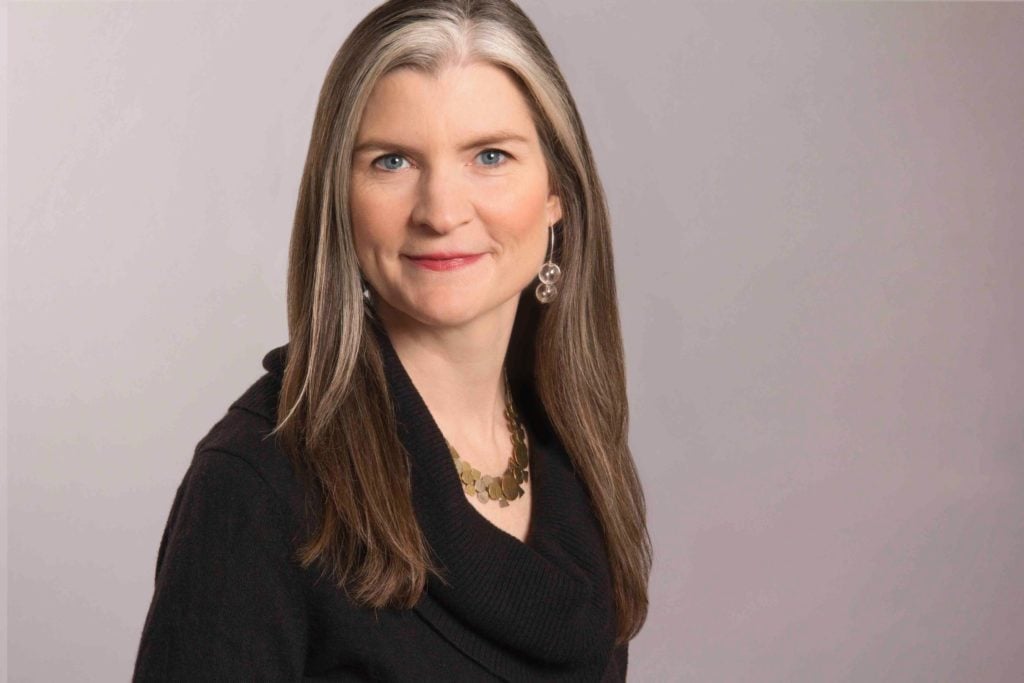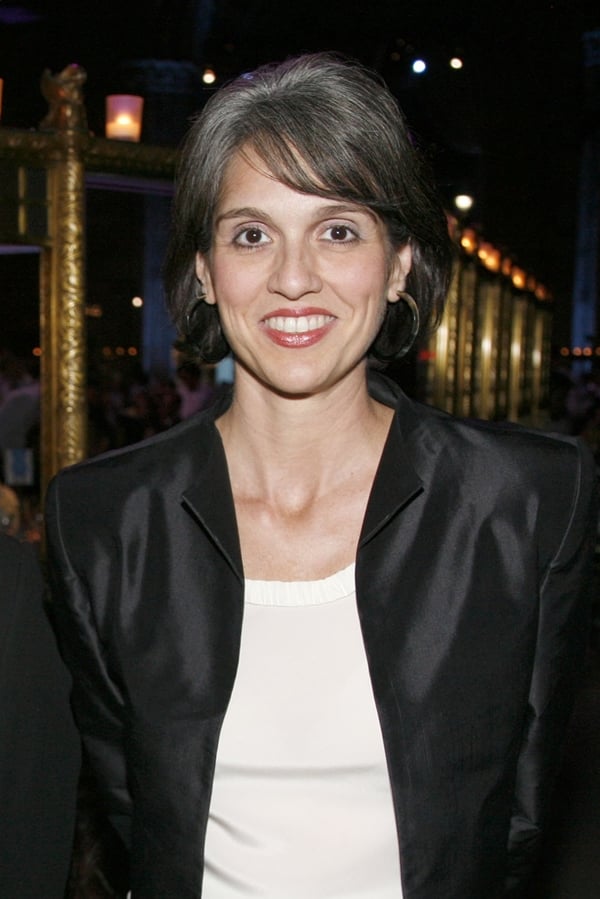People
The Walker Art Center Hires Mary Ceruti of New York’s SculptureCenter to Be Its New Director
Ceruti's predecessor, Olga Viso, left after a controversial artwork was removed at the behest of the local Native American community.

Ceruti's predecessor, Olga Viso, left after a controversial artwork was removed at the behest of the local Native American community.

Sarah Cascone

After nearly two decades at the helm of SculptureCenter in Long Island City, Queens, Mary Ceruti will become the executive director of the Walker Art Center in Minneapolis. It will be a big change, going from overseeing a staff of just 14 at a non-collecting institution to overseeing more the 200 employees and a collection of 14,000 works, but Ceruti is up for the challenge.
“Like SculptureCenter, the Walker embraces and commissions new and experimental work. And like SculptureCenter, the Walker understands artists and the way they work,” said Ceruti in an email to artnet News. “This especially sets the Walker apart among collecting institutions and it feels like exactly the right next step for me.”
She succeeds Olga Viso, who resigned effective the beginning of this year amid calls that she had been unfairly forced out. Viso’s decade-long tenure saw her spearhead a successful $75 million fundraising campaign and complete an expansion and renovation of the museum and the adjacent Minneapolis Sculpture Garden. After being closed for over a year, the garden reopened last June.
As part of that project, Viso sought to create the first focused curatorial program for the garden since it first opened in 1988. One of the 16 new works added to the garden, Scaffold (2012), by Sam Durant, tipped off a major controversy with the local Native American community. The sculpture looked to memorialize seven public executions in US history, but the piece was most recognizably based on the gallows used to kill 38 Native Americans in nearby Mankato, Minnesota, in 1862, the largest mass execution in US history.

Sam Durant, Scaffold. Courtesy of Sarah Cascone.
After protests and a series of discussions with tribal leaders, the museum agreed to dismantle the work and turn it over to the tribe, who ceremonially buried it in what appeared to be a positive resolution to the controversy. But in November, Viso announced her resignation, with the museum insisting that “the board and Viso agreed that now is an ideal time for a transition.”
Issues of cultural appropriation and museums’ responsibilities towards their increasingly diverse audiences have become a hotbed of controversy in recent years, but Ceruti isn’t afraid of addressing such concerns head on. “Museums are flash points within this larger cultural moment where we’re dealing with issues of individual and collective identity,” she told the New York Times. “Because the Walker has just been through this, both their staff and their board have done a lot of soul searching, have learned a lot, and—because they’ve had to do it in public—are very prepared to grapple with it.”

Olga Viso: Executive Director of the Walker Art Center Photo by David X. Prutting for Patrick McMullan.
“SculptureCenter and the Walker share a commitment to art and artists as catalysts in contemporary culture and both are working internationally to identify the art and artists that most creatively and urgently express the concerns, issues, and ideas of our times,” added Ceruti in a statement. “The Walker and SculptureCenter have almost inverse approaches that are like two sides of the same coin. SculptureCenter looks at the interdisciplinary field of contemporary art from the perspective of the history and legacy of sculpture, while the Walker looks at sculpture, or painting, or performance, or film, from an interdisciplinary perspective.”
Ceruti started her career at the Philadelphia Museum of Art as a curatorial assistant before working for eight years a curator at CAPP Street Project in San Francisco, an international artist-residency program. She joined SculptureCenter as its executive director and chief curator in 1999, and has been credited with transforming the nonprofit into a more museum-like institution.
Over the course of her career, Ceruti has organized exhibitions for artists including Nairy Baghramian, Monica Bonvicini, Alejandro Cesarco, Liz Glynn, Leslie Hewitt, Rashid Johnson, Ilya and Emilia Kabakov, Agnieszka Kurant, Mike Kelley, and Mika Tajima. She co-curated the Icelandic Pavilion, featuring Katrín Sigurdardóttir, at the 2013 Venice Biennale. Ceruti will join the Walker at the end of January 2019.